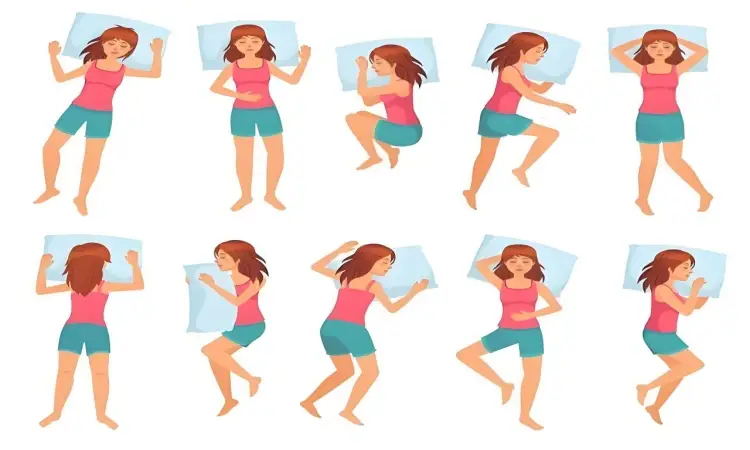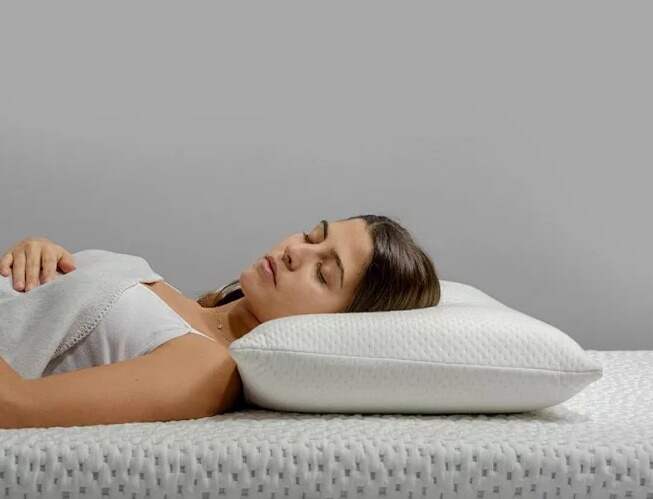Currency


When shopping for a new mattress, people often focus on size, materials, or brand. But the hardness of a mattress—how soft or firm it feels—can make the biggest difference in your sleep quality. What most buyers don’t realize is that two personal factors matter more than you think: your weight and sleeping position.
In this article, we’ll explore how these two aspects influence your experience of mattress hardness, and how you can choose the best mattress based on your body and sleep style.
The concept of “hard or soft” is subjective. A firm mattress for one person might feel too soft for another. That’s because body weight and body shape change the way pressure is applied to the mattress. The same bed can feel completely different depending on how much you weigh and the way you sleep.
Choosing the wrong mattress firmness level may lead to back pain, shoulder pressure, hip discomfort, or poor spinal alignment. Understanding how your body interacts with the mattress is the first step to getting better rest.
Your sleeping position determines where your body applies the most pressure and how your spine aligns during sleep. Here's how to choose the right mattress hardness for each type of sleeper:
Side sleeping is one of the most common positions. It also creates the most curves in the body, from the shoulders to the hips, which need more contouring.

Recommended mattress hardness: Medium-soft to medium
Material tip: Memory foam or latex comfort layers help relieve pressure
Side sleepers need a thicker and softer comfort layer to support their curves and keep the spine aligned. If the mattress is too firm, pressure builds on the shoulders and hips, leading to discomfort or numbness.
Back sleepers have less obvious body curves. The focus here is on keeping the lower back supported without letting the hips sink in too far.

Recommended mattress hardness: Medium-firm
Material tip: Zoned support or hybrid coils work well
Too soft, and your lower back arches uncomfortably. Too firm, and your spine may not stay in neutral alignment.

This is the least recommended sleeping position because it often causes strain in the neck and lower back. But if this is your preferred position, firmness matters even more.
Recommended mattress hardness: Firm to extra-firm
Comfort layer tip: Keep it thin and supportive
Material tip: Innerspring or dense foam base
A firmer surface prevents your hips from sinking, which helps maintain better spine posture.
Most people don’t stay in one position all night. If you shift between your back, side, or stomach, you’re a combination sleeper.
Recommended mattress hardness: Medium to medium-firm
Comfort layer tip: Balanced thickness
Material tip: Responsive foams or hybrid coils to support movement
Mattresses that are too soft can trap you in one position. A responsive, slightly firmer bed allows for easy turning without sacrificing comfort.
Your body weight plays a major role in how a mattress feels. Heavier people compress the materials more, while lighter sleepers may barely sink in.
May find mattresses feel firmer than intended
Need softer mattresses with thinner comfort layers
Ideal mattress hardness: Soft to medium-soft
A plush surface ensures better pressure relief and body contouring for smaller frames.
Generally suited to medium-firm mattresses
Comfort layers around 5–7 cm offer ideal support
Ideal mattress hardness: Medium to medium-firm (5–7)
This group has the most flexibility in choice and can comfortably use most mainstream beds.
Sink deeper into the mattress, risking poor alignment
Need thicker comfort layers and stronger support cores
Ideal mattress hardness: Firm to extra-firm (7–9)
To prevent excessive sinking, firmer beds with high-density foam or reinforced coils are best. A firm mattress for heavy sleepers helps maintain neutral spinal alignment and reduces wear.
It’s not just how much you weigh—it’s also how your weight is distributed. People with broad shoulders, narrow waists, or curvy hips may require specific support zones.
Curvier body types: Need thicker and softer comfort layers
Flatter body types: Do better with firmer, thinner surfaces
Uneven weight distribution: Benefit from targeted support zones
Mattresses with zoned firmness can adapt to these differences, providing softer areas for pressure points and firmer support where needed.
Not all mattresses feel the same, even at the same firmness level. The construction and materials influence both support and breathability.
Memory foam: Adapts closely to the body, but can feel too warm
Latex: Responsive, breathable, and more durable
Hybrid mattresses: Combine foam layers and springs, ideal for airflow and balanced support
Innerspring: Great for support, but may lack comfort unless combined with a good comfort layer
If you're heavier or tend to sleep hot, a hybrid mattress with cooling layers may be the most comfortable option.
Finding the right mattress firmness isn’t only about what you like — it’s about what your body needs. Your weight, sleep position, and what feels good to you all play a part in making the best choice. If a mattress is too soft or too firm for your needs, you might toss and turn all night, wake up sore, or feel tired during the day.Take time to evaluate how you sleep and what support your body really needs. Don’t rely on labels alone—test, compare, and always think long-term.
For expert help in finding a mattress that fits your unique needs, visit leizibedmattress.com. Our team offers reliable solutions backed by over 21 years of experience in crafting high-quality mattresses tailored to every sleeper.
Error de formato de correo electrónico
emailCannotEmpty
emailDoesExist
pwdLetterLimtTip
inconsistentPwd
pwdLetterLimtTip
inconsistentPwd